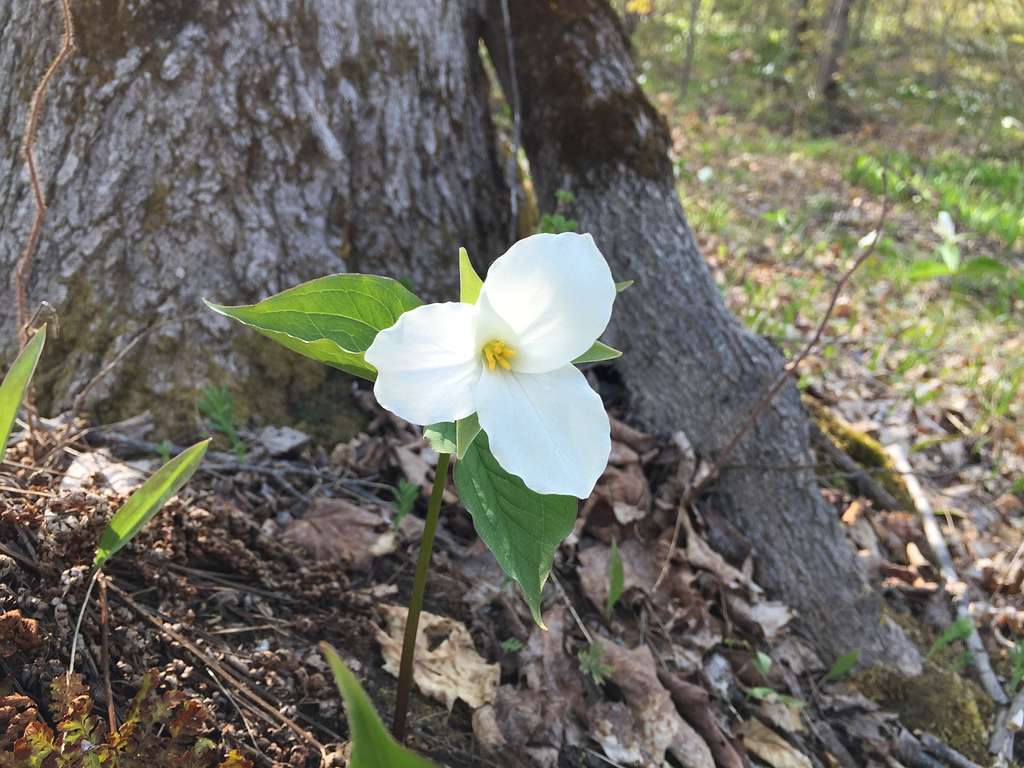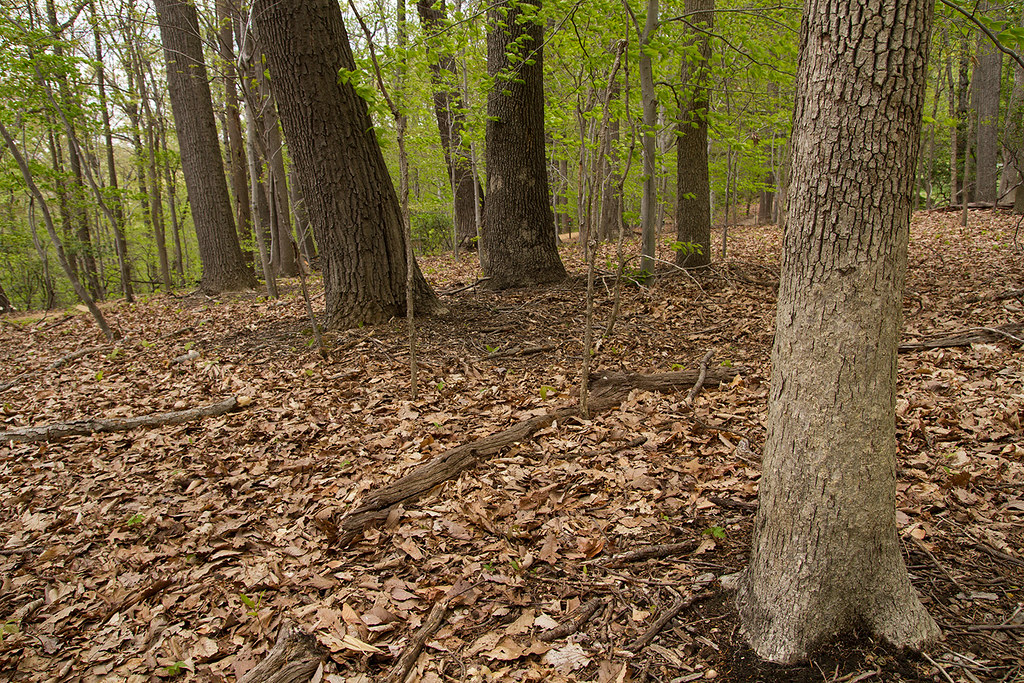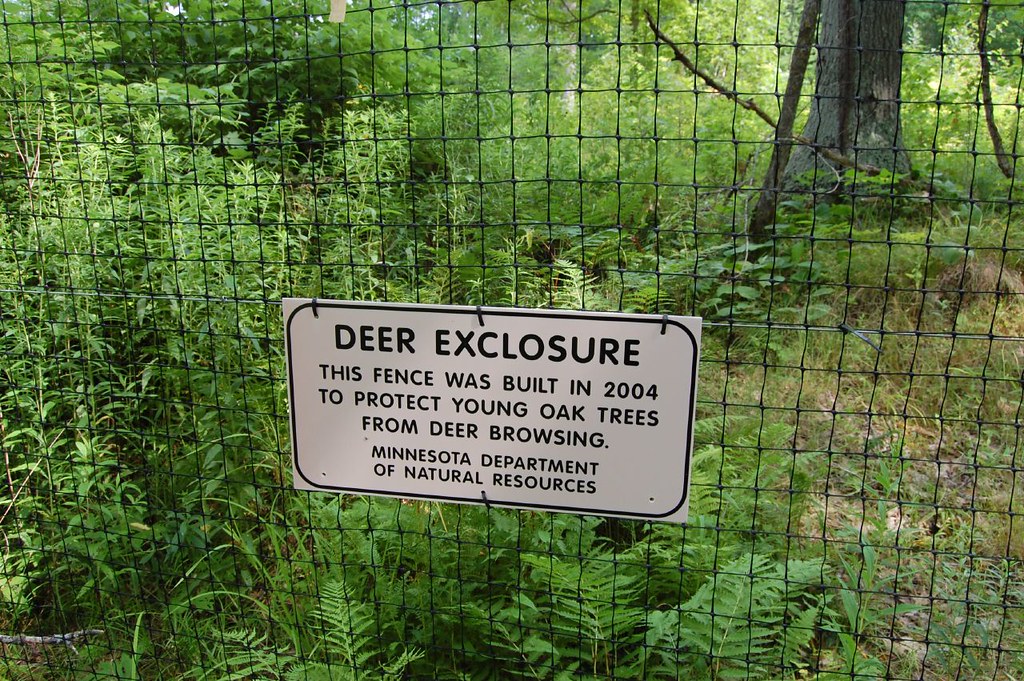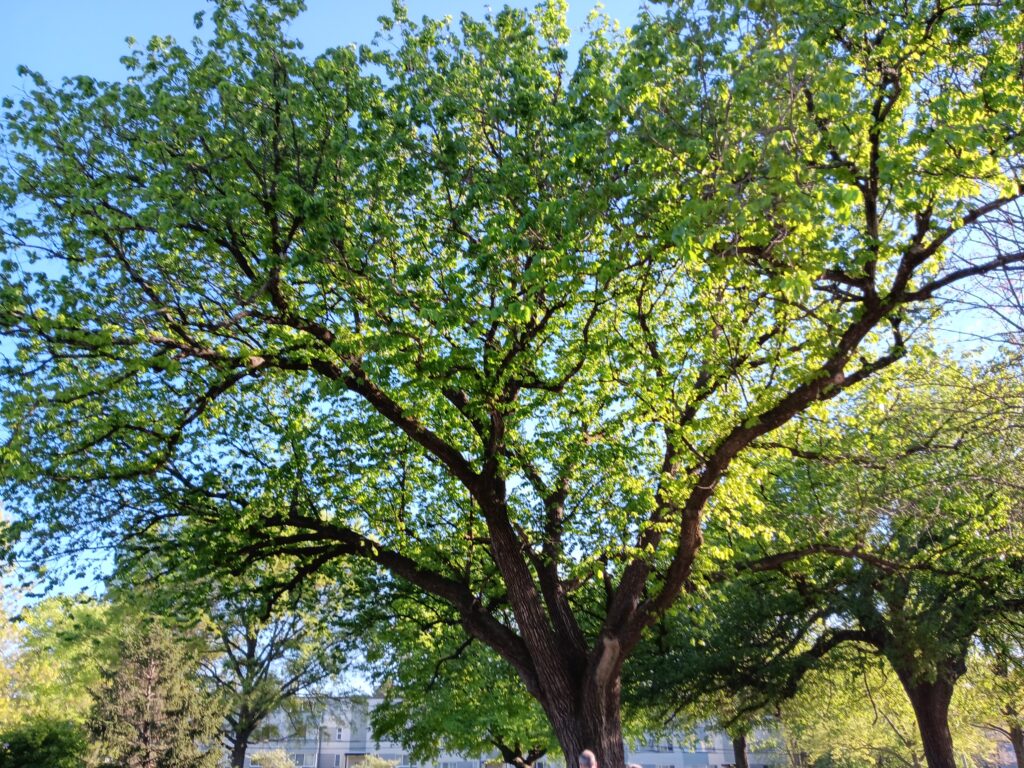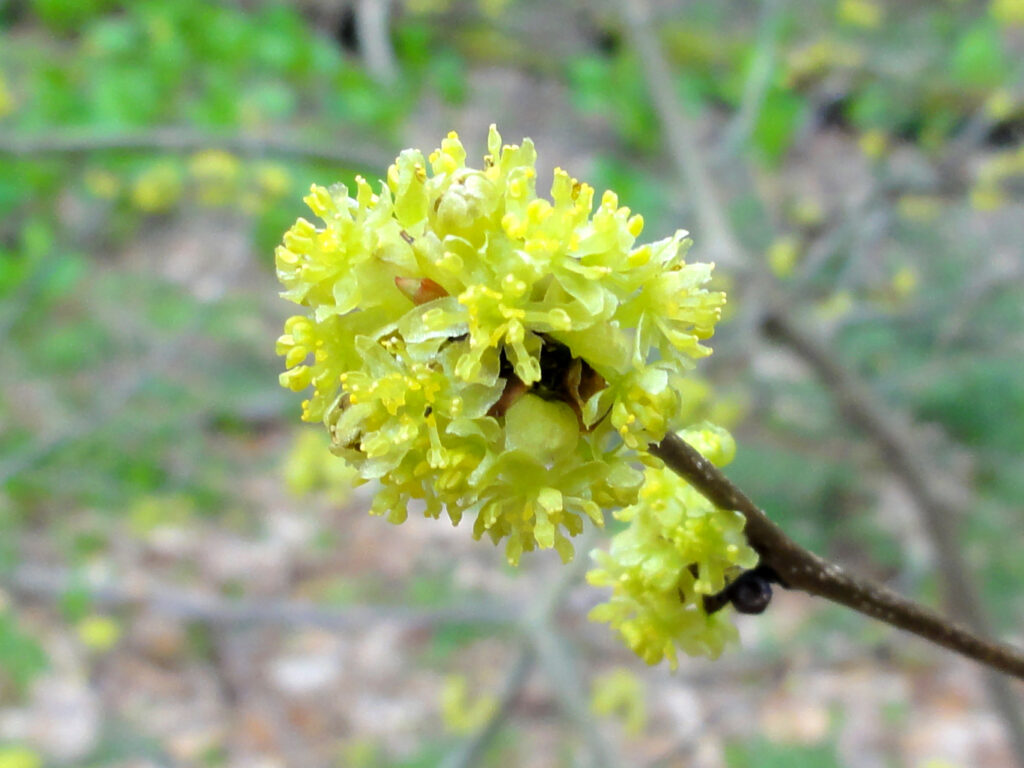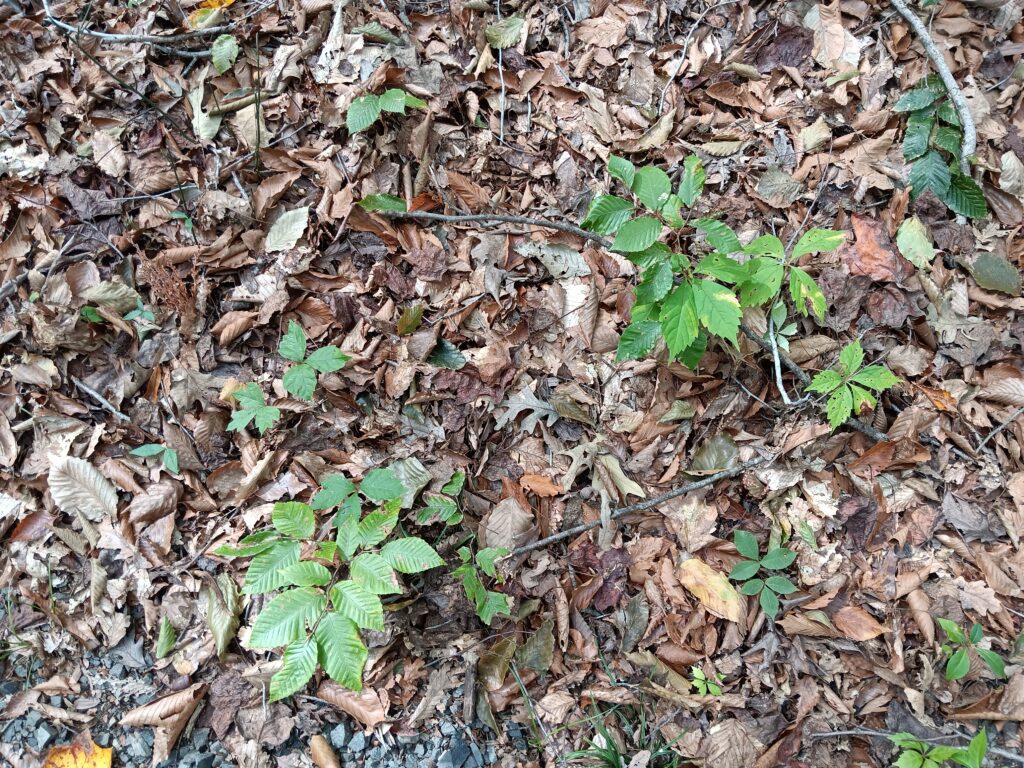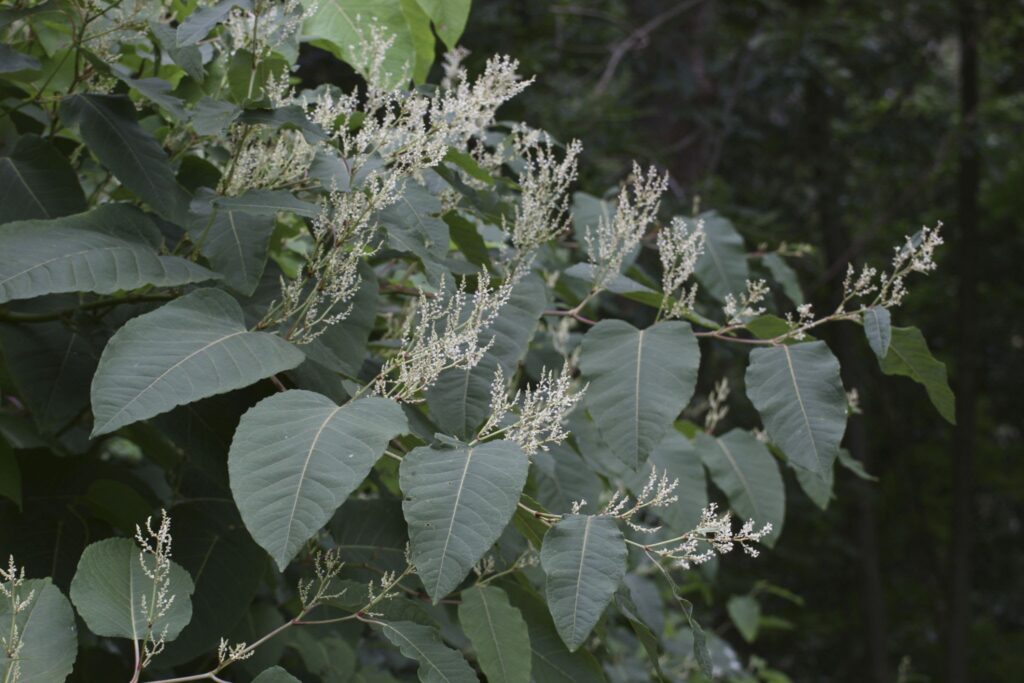
There is growing evidence that invasive plants – as distinct from invasive species of animals, microbes, etc. – play a significant role in causing the loss of floristic uniqueness at the local or regional level. I provide full citations of all sources at the end of this blog.
Less Diversity. More Similarity
Several studies show that plant invasions have a bigger impact than extinction in the homogenization of Earth’s flora. A major driver is sheer numbers. Daru et al. point out that 10,138 plant species have become naturalized to a region outside their native ranges while only 1,065 species have gone extinct. Even under a scenario in which all species currently included in IUCN Red List as “threatened” become extinct, non-native plant species naturalizations are by far the stronger contributor to biotic reorganization.
Winter et al. report that in Europe since AD 1500, plant invasions have greatly exceeded extinctions, resulting in increased taxonomic diversity (i.e., species richness) on the Continent but increased taxonomic and phylogenetic similarity among European regions. In other words, floras of individual European countries became phylogenetically and taxonomically impoverished. This situation is likely to worsen in the future because introductions continue.
Winter et al. conclude, more broadly, that a focus on species richness can be misleading because it does not capture the important effects of taxonomic or phylogenetic distinctiveness.
Yang et al. (2021) considered the situation globally. They divided most of Earth’s ice-free land surface into 658 regions. They found that introduction of non-native plants has increased the taxonomic similarity between any two of these regions in 90.7% of the time. Introductions increased phylogenetic similarity in 77.2% of those pairs. Australasia illustrates the situation. The region has a large proportion of endemic species, reflecting its unique evolutionary history and exhibiting high floristic diversity. However, the region has also received large numbers of non-native plants from other regions. The result is that the Australasian flora has lost much of its original uniqueness.
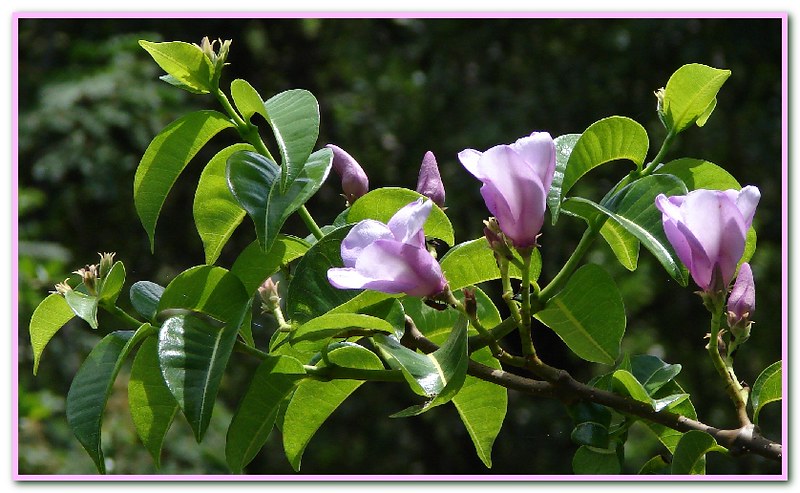
Introduced plant species rarely cause outright extinction of members of the native flora of the receiving ecosystem – at least at the scale of a continent. Winter et al. found that in Europe, extinction usually occurs to plant species with small numbers that are limited to localized habitats. Often, however, the same species continue to thrive elsewhere on the continent. The “losing” country finds its flora becoming more similar to that of other European countries. It loses some uniqueness because it lost one or more components of its flora. However, for Europe as a whole, there is no loss. The homogenization of the “losing” country’s flora is exacerbated by the fact that more than half of plant species listed as invading a particular European country are from other European regions. Winter et al. say a similar pattern has been found in North America.
The picture is more complex for small isolated ecosystems. Carvallo and Castro (2017), writing about isolated volcanic islands in the southeastern Pacific Ocean, introduction of large numbers of non-native plant species has not caused extinction of native plant species. It has, however, resulted in the homogenization of the islands’ floras.
These authors worry that this reduction in phylogenetic diversity could have detrimental impacts for ecosystem function and ecosystem services. (Interestingly, at the level of order or family rather than species or genus, the combined effects of species introductions and extinctions did not change the islands’ taxonomic diversity. They don’t explicitly say whether that fact might mitigate effects on ecosystem function.)
What is the situation in Hawai`i? The Islands are the “capital” of both extinction and invasion. I know the Hawaiian flora has very high levels of endemism and of endangerment. In addition, naturalized non-native plant taxa constitute up to 54% of the archipelago’s flora (Potter et al. 2023). However, it is probably extremely difficult to distinguish the impacts of introduced plants separate from the impacts of the many non-native animals, e.g., feral hogs.
Extinction by Introduction
It has been reported that invasive species have caused the extinction of at least seven species of plants on the Cape of Good Hope and endangered another 14% (Houreld 2024). Unfortunately, the report doesn’t specify whether the non-native species are plants or animals. Either way, this is a tragedy. I remind you that the Cape Floral Kingdom is Earth’s smallest Plant Kingdom in geographic size (78,555 km2), and extremely important in uniqueness. According to the article in The Washington Post, two-thirds of the 20,400 plant species growing in South Africa are endemic – found nowhere else on Earth.
Nearly a decade ago, Downey and Richardson objected to measuring the impact of introduced plant species by considering only total extinction of native plant species. They complain that this approach fails to recognize that plants experience a long decline before reaching extinction. They divide this decline into six “thresholds”. Downey and Richardson say there is abundant evidence of invasive plants driving native plants along this extinction trajectory. For example, increases in non-native plant cover or density that result in decreased native plant species diversity or richness equates, under their hierarchy, to the native species crossing from the first to second threshold. They note there are also examples of species causing “extinction debts”. That is, the extinction occurs long after the invader is introduced and initiates a native species’ decline. They call for conservationists to intervene earlier in that trajectory.
The Global Assessment on Biodiversity and Ecosystem Services was recently published by the Intergovernmental Science-Policy Platform on Biodiversity and Ecosystem Services. This report notes that there are at least 1,061 invasive plants on Earth. In terrestrial systems, invasive plants are the taxonomic group most frequently reported as having negative impacts, especially in cultivated areas, plus temperate and boreal forests. As I have noted above, non-native plant taxa constitute a particularly high proportion of the flora on islands. The assessment found that the number of non-native plants exceeds the total number of native plants on more than one quarter of the Earth’s islands. However, this report does not distinguish the number of species endangered by plant invasions from the number of species endangered by invasive species of all taxonomic groups.
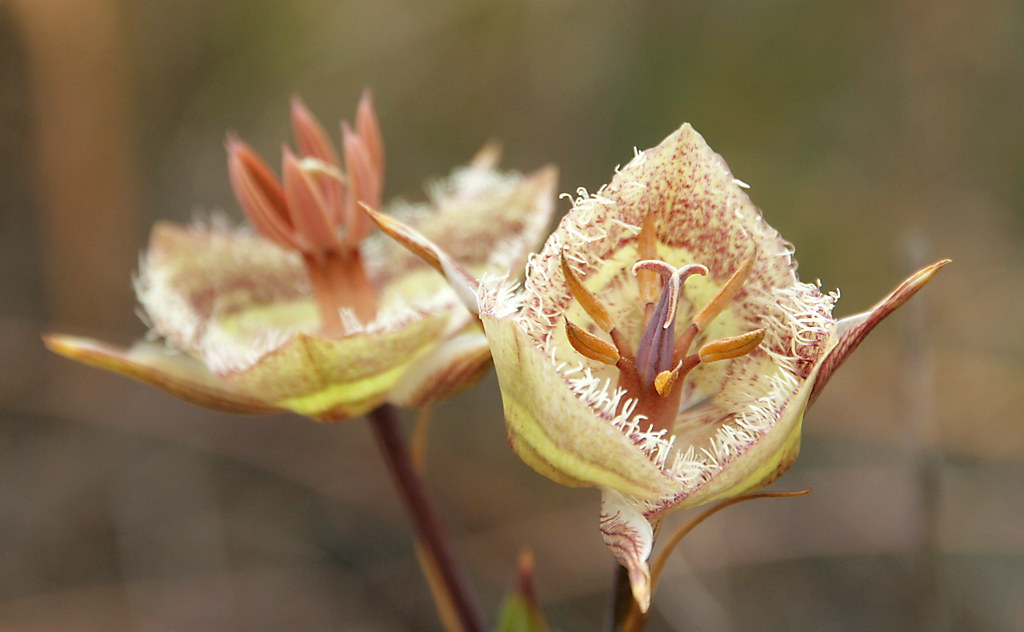
None of the experts denies the impact of extinction on biodiversity. Extinction represents the loss of phylogenetically and taxonomically unique organisms. This loss is exacerbated if some taxonomic groups are at disproportionately higher risk of extinction. Introduced non-native species compensate for these losses only to a point (Daru et al.). In Europe, Winter et al. found that extinctions usually befall specialized endemic or rare species, often from species-poor families. On the other hand, successful invaders are often ecological generalists with large ranges, often belonging to species-rich families. This results in the pronounced decrease of phylogenetic and taxonomic ß-diversity within and between regions to which the rare species are unique.
All these experts agree that species declines — short of extinction — have severe impacts on ecosystem functions, and even evolution.
Yang et al. emphasize that the rapid and accelerating loss of regional biotic uniqueness changes biotic interactions and species assemblages, with probable impairment of key ecosystem functions. Daru et al. stress that biotic homogenization— declining ß-diversity—reduces trait and phylogenetic differences between regions. Conceding that the consequences of this global biotic reorganization on ecosystems are poorly understood, Daru et al. cite increasing evidence that biotic heterogeneity provides insurance for the maintenance of ecosystem functioning in a time of rapid global change. They assert that declining ß-diversity is a more characteristic feature of the Anthropocene than species loss.
Winter et al. also state that the phylogenetic structure of a species assemblage represents the evolutionary history of its members and reflects the diversity of genetic and thus morphologic, physiologic, and behavioral characteristics. High phylogenetic diversity might enable rapid adaptation to changing environmental conditions.
According to Daru et al., the loss of 14 billion years of evolutionary history has affected some regions particularly. The most disturbed biotas include those of California and Florida; Mesoamerica; the Amazon; the Himalaya-Hengduan region; Southeast Asia; and Southwest Australia. These are regions that experienced spectacular taxonomic radiation over time, and now have both high levels of threat and also species invasion.
Carvallo and Castro, focused on the Pacific islands, call for integrating the two parallel channels of conservation that currently operate separately: those focused on reversing plant extinctions and those focused on reducing invasions. They call for a biogeographical approach that addresses all causes of phylogenetic homogenization.
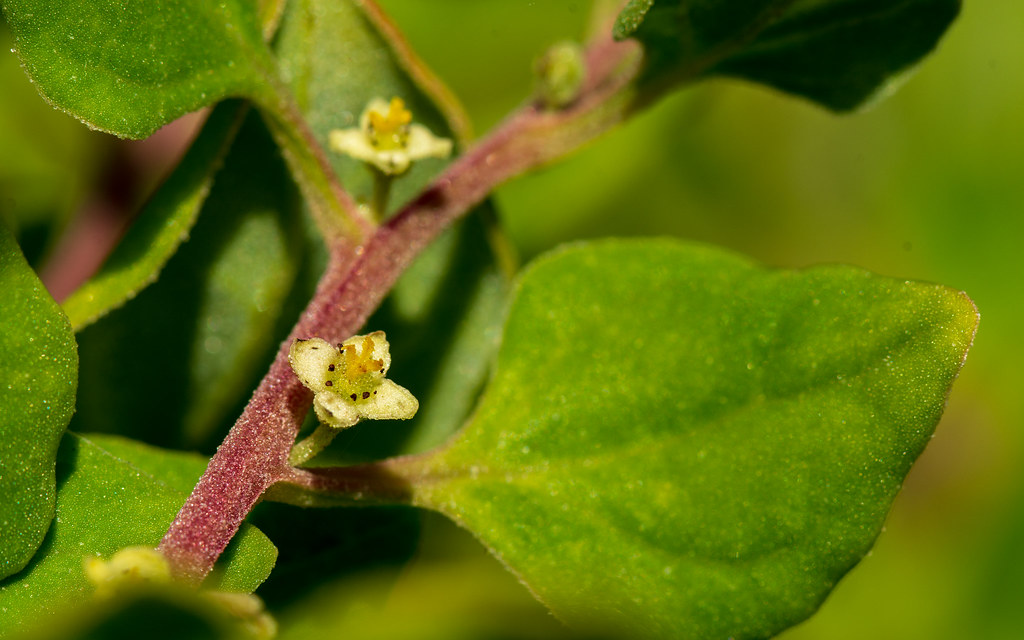
I believe all these experts, in all their papers, have made the case for such integration world-wide.
Invasive plants’ impact on non-plant species
While I have focused here – and in most of my blogs more broadly — on impacts on wild, native plant communities, it is clear that alterations to floristic communities influence other taxonomic groups. A couple of years ago I summarized findings by Douglas Tallamy and colleagues on what happens to insects – and their predators – when a landscape is dominated by introduced plant species.
In short, domination by non-native plants – whether invasive or just widely planted – suppresses the numbers and diversity of native lepidopteran caterpillars. One study cited in the blog found that 75% of all lepidopteran species were found exclusively on native plant species. Non-native plants in the same genus as native plants often support a similar but depauperate subset of the native lepidopteran community. Tallamy and colleagues conclude that a reduction in the abundance and diversity of insect herbivores will probably cause a concomitant reduction in the insect predators and parasitoids of those herbivores – although few studies have measured this impact beyond spiders, which are generalists. Tallamy focuses on birds.
In the same blog I reviewed publications by Lalk and colleagues, which examined interactions between invasive woody plants and arthropod communities more broadly. They decried the insufficient data about most of these interactions.
A few weeks ago I saw a report of an unexpected impact of invasive plants: roots of beach naupaka [beach cabbage or sea lettuce] (Scaevola sericea) are penetrating sea turtle nests so aggressively that they kill the unhatched turtles. Apparently this is happening at several sites in the Caribbean, where the plant is not native (Houreld 2024). I could find no scientific reports of this phenomenon. One reference noted that a related species (S. taccada) can form large, dense stands that might prevent adult sea turtles’ access to nesting areas (Swensen et al. 2024).
Sources:
Daru, B.H., T.J. Davies, C.G. Willis, E.K. Meineke, A. Ronk, M. Zobel, M. Pärtel, A. Antonelli, and C.C. Davis. 2021. Widespread homogenization of plant communities in the Anthropocene. NATURE COMMUNICATIONS (2021) 12:6983. https://doi.org/10.1038/s41467-021-27186-8
www.nature.com/naturecommunications
Downey, P.O. and D.M. Richardson. 2016. Alien plant invasions and native plant extinctions: a six-threshold framework. AoB Plants, 2016; 8: plw047 DOI: 10.1093/aobpla/plw047; open access, available at http://aobpla.oxfordjournals.org/
Houreld, K. 2024. “Parched Cape Town copes with climate change by cutting down trade.”. The Washington Post. February 29, 2024.
Potter, K.M., C.Giardina, R.F. Hughes, S. Cordell, O. Kuegler, A. Koch, and E. Yuen. 2023. How invaded are Hawaiian forests? Non-native understory tree dominance signals potential canopy replacement. Landsc Ecol https://doi.org/10.1007/s10980-023-01662-6
Swensen, S.M., A. Morales Gomez, C. Piasecki-Masters, N. Chime, A.R. Wine, N. Cortes Rodriguez, J. Conklin, and P.J. Melcher. 2024. Minimal impacts of invasive Scaevola taccada on Scaevola plumieri via pollinator competition in Puerto Rico. Front. Plant Sci. 2024; 15: 1281797.
Yang, Q., P. Weigelt, T.S. Fristoe, Z. Zhang, H. Kreft, A. Stein, H. Seebens, W. Dawson, F. Essl, C. König, B. Lenzner, J. Pergl, R. Pouteau, P. Pyšek, M. Winter, A.L. Ebel, N. Fuentes, E.L.H. Giehl, J. Kartesz, P. Krestov, T. Kukk, M. Nishino, A. Kupriyanov, J.L. Villaseñor, J.J. Wieringa, A. Zeddam, E. Zykova. and M. van Kleunen. 2021. The global loss of floristic uniqueness. NATURE COMMUNICATIONS (2021) 12:7290.
https://doi.org/10.1038/s41467-021-27603-y
Winter, M., O. Schweiger, S. Klotz, W. Nentwig, P. Andriopoulos, M. Arianoutsou, C. Basnou, P. Delipetrou, V. Didz.iulis, M. Hejdah, P.E. Hulme, P.W. Lambdon, J. Pergl, P. Pys.ek, D.B. Roy, and I. Kuhn. 2009. Plant extinctions and intros lead to phylogenetic and taxonomic homogenization of the European flora PNAS Vol 106 # 51 December 2009
Posted by Faith Campbell
We welcome comments that supplement or correct factual information, suggest new approaches, or promote thoughtful consideration. We post comments that disagree with us — but not those we judge to be not civil or inflammatory.
For a detailed discussion of the policies and practices that have allowed these pests to enter and spread – and that do not promote effective restoration strategies – review the Fading Forests report at http://treeimprovement.utk.edu/FadingForests.htm
or
